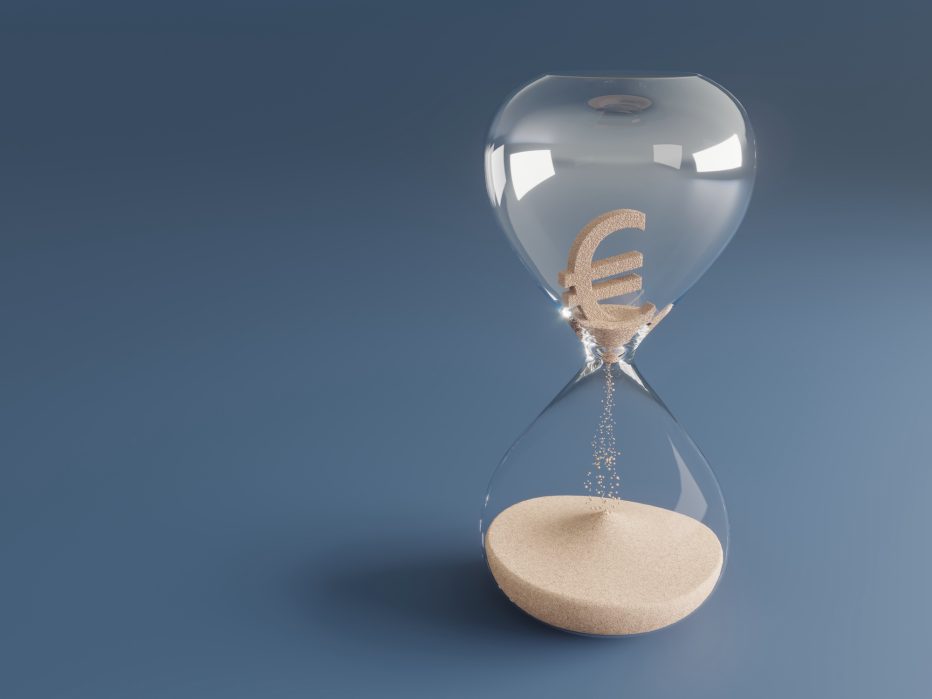YRITTÄJÄ, tule mukaan omiesi pariin! Liity Yrittäjiin.

Tax Authority reveals what problems prevent admission to a payment programme
A business can get a new payment programme immediately after a previous one if it meets the conditions.
In 2024, the Tax Administration petitioned around 1,500 businesses into bankruptcy. Data from Statistics Finland show that in 2024, around 3,400 bankruptcies were filed, making the Tax Administration a party to around 44% of cases.
In the first half of 2025, the number of bankruptcies petitioned by the Tax Administration has increased: Now, its share is around half of the bankruptcies reported by Statistics Finland.
“The bankruptcy wave is no surprise to us. Economically, the past few years have brought crisis after crisis. We were expecting an increase in bankruptcy numbers during the pandemic,” says Tuomas Hurskainen, Risk Manager at the Tax Administration.
The Tax Administration does not immediately petition a company into bankruptcy when it has solvency problems. Hurskainen says it first sends a business several payment notices. If a business cannot make payments, the Tax Administration considers whether to use bankruptcy proceedings to recover the debt.
“This usually takes place over a few months, so it’s not a surprise to the business. Every business should know by that stage that they owe back taxes.”
When a payment programme is not issued
A business in difficulties can apply to the Tax Administration for a payment programme to pay its back taxes. Hurskainen says a programme is usually granted if there are no “absolute” barriers. These include unfiled income tax and VAT returns or statutory employers’ contributions. Any unfiled filings must be made before the Tax Administration can grant a business a payment programme.
“No tax debts can be the subject of recovery at source. If any taxes are being recovered at source, the business agrees on all payments with the enforcement authority, nor is a payment programme from the Tax Authority possible.”
A business can have several consequent payment programmes. In that case, the taxes must be paid before the Tax Authority can grant a new programme.
“In addition, we study the business’s solvency and history on the basis of certain criteria. We assess whether the business has the capacity to honour the payment programme. If the business is asking for a payment programme for a rather large sum and has failed to make all its other payments, that does not demonstrate good solvency. In that case, we may contact the business to get to the bottom of things,” Hurskainen says.
Number of programmes growing
At the same time as businesses’ financial difficulties are growing, the number of payment programme applications made with the Tax Authority is increasing. Hurskainen says applications are currently being made “in significant numbers”.
Payment programme numbers have grown by about five per cent a year in recent years. Among limited companies, there were 18,900 programmes in 2023, which had increased to 22,200 by 2024.
Even if the payment programme is annulled, the business can still pay off its back taxes in one go without penalties.
“Many businesses agree on one payment programme, which they complete, but after which they have to agree on a new programme for new taxes,” Hurskainen says.
He says that payment programmes are still useful, and that businesses have the opportunity to get their affairs in order.
“What is often significant is at what stage a company reacts to its weak financial standing. Then, a company might not necessarily be subjected to recovery at source and it is more likely that it can continue operating. At the end of the day, that depends on the company’s profitability.”
How a company can apply for a payment programme
Hurskainen encourages business owners who are interested in a payment programme for tax debts to submit an application on MyTax, which has the requisite application. The system says in real time whether the application has missing information or barriers preventing admittance to a programme.
“Most applications are processed automatically. If there are no barriers, you basically get a decision right away,” Hurskainen says.
The maximum length of a payment programme is 24 months. During that time, the back taxes are divided into equal monthly payments. Hurskainen says businesses should choose the repayment period correctly.
“It’s not necessarily sensible to take the longest possible repayment period, as the taxes accrue interest all the time. That is why you should adjust the repayments to suit your business’s ability to pay. You can repay the whole tax debt off in one go at any time during the programme,” he points out.
Are you a Suomen Yrittäjät member yet? Read about member benefits and advantages

Pauli Reinikainen
pauli.reinikainen@yrittajat.fi